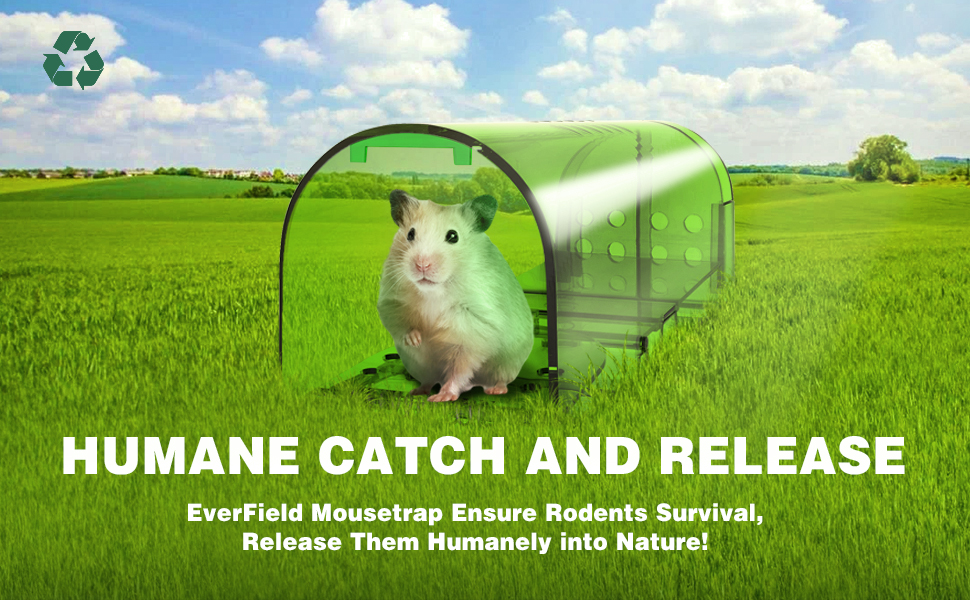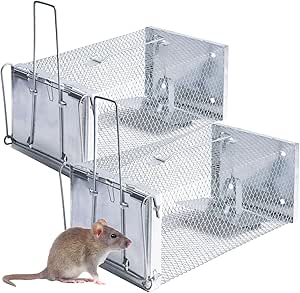Finding a lost cat can be one of the most distressing experiences for a pet owner. The good news is that many cats, when lost, tend to stay close to home. Humane traps can be an effective tool for safely rescuing your feline friend. In this article, we will explore effective strategies for using a humane trap, supplemented by examples, case studies, and tips to increase your chances of success.
Understanding the Behavior of Lost Cats
Before employing a humane trap, it is crucial to understand the behavior of lost cats. Unlike dogs, which may wander far from home, cats often remain within a limited area. According to the American Society for the Prevention of Cruelty to Animals (ASPCA), cats may hide in nearby bushes, garages, or under porches. They tend to be cautious and may not come out even when called.
Key Behavioral Traits
- Territorial Instincts: Cats are territorial animals. They often stay within familiar surroundings and may not venture far from their home base.
- Hiding Behavior: A lost cat may hide during the day and venture out at night when it feels safer.
- Food Motivation: Cats are often motivated by food, making baiting your trap a critical strategy.
Choosing the Right Humane Trap
There are several types of humane traps available on the market, and choosing the right one can significantly impact your success. Here are some factors to consider:
Types of Humane Traps

- Live Animal Traps: These traps are designed to catch animals without harming them. They usually have a spring-loaded door that closes once the cat enters the trap.
- Box Traps: A simpler design, box traps can be effective for indoor cats or those that are familiar with enclosed spaces.
- Drop Traps: These traps are designed to be triggered by a cat walking onto a platform, causing a net to fall and capture the cat. They are particularly useful for feral cats.
Trap Size and Design
Make sure to choose a trap that is large enough to accommodate your cat comfortably. A trap that is too small may not be effective, while a trap that is too large may intimidate your feline.
Effective Baiting Techniques
Proper baiting is essential for attracting your cat to the trap. Here are some effective strategies:
Best Bait Options
- Strong-Smelling Food: Use foods with strong odors like tuna, sardines, or wet cat food. These can be more enticing than dry food.
- Familiar Scents: Include an item that smells like home, such as a used blanket or a piece of your clothing.
- Timing: Place the bait in the trap during the evening or early morning when cats are most active.
Setting Up the Trap

Once you have selected a trap and bait, it’s time to set it up. Here are some tips for optimal placement:
Choosing the Right Location

- Near Hiding Spots: Place the trap near areas where your cat is likely to hide, such as bushes, under decks, or near garages.
- Familiar Territory: Set the trap in your yard or close to where your cat was last seen.
- Safe Environment: Ensure the trap is placed in a safe area, away from busy roads or potential dangers.
Securing the Trap

To prevent the trap from being tampered with, secure it to the ground with stakes or bricks. This is especially important in areas with wildlife that may steal your bait or disturb the trap.
Monitoring and Maintenance

Once the trap is set, regular monitoring is essential. Check the trap frequently, ideally every 1-2 hours, to ensure that your cat does not remain trapped for too long.
Signs of a Captured Cat
- Noise: If you hear meowing or scratching, it may indicate that your cat is inside.
- Trap Movement: A triggered trap may show signs of movement or disturbance.
Case Studies: Successful Rescues
Several pet owners have successfully used humane traps to rescue their lost cats. Here are two notable examples:
Case Study 1: Bella’s Return

After Bella went missing for a week, her owner set up a humane trap in their backyard. They used tuna as bait and placed the trap near Bella’s favorite hiding spot. After two nights, Bella was safely captured and returned home. This case highlights the importance of patience and strategic placement.
Case Study 2: Max’s Adventure
Max, a curious indoor cat, escaped through an open window. His owner placed a trap in the garage where he was last seen. They checked the trap every few hours and managed to catch Max within 24 hours using his favorite wet food as bait. This case emphasizes the significance of using familiar scents to attract lost pets.
Conclusion: The Path to Reuniting with Your Cat
Using a humane trap to rescue a lost cat can be an effective method when done correctly. Understanding your cat’s behavior, selecting the right trap, employing effective baiting techniques, and monitoring the trap regularly are key strategies for success. Remember that patience and persistence are vital during this emotional journey. By following the strategies outlined in this article, you increase your chances of reuniting with your beloved feline companion. If you find yourself in this situation, don’t lose hope; many cats, like Bella and Max, can find their way home with a little help from a humane trap.